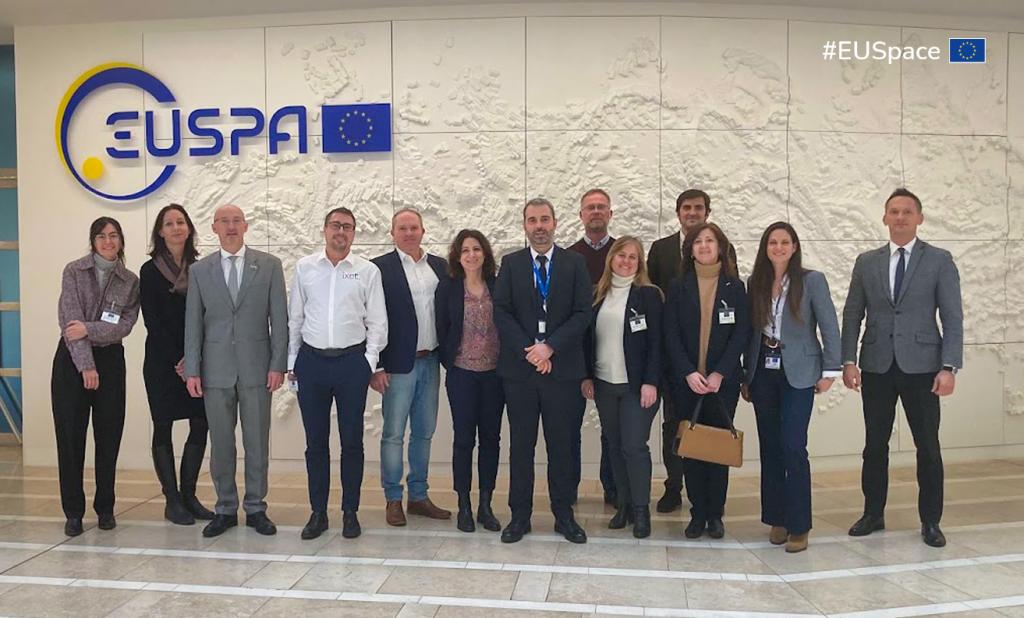Strengthening EU Resilience: The Horizon Europe GEXTRECS project and secure SATCOM

Protecting citizens and freedoms stands as a cornerstone of the European Union's strategic agenda for 2019-2024, with a priority to increase the EU's resilience against both natural and man-made disasters. At the heart of this effort lies the need for secure satellite communications (SATCOM), essential for implementing a common security policy and safeguarding EU autonomy and independence.
Secure SATCOM serves as a vital communication tool for covering large geographical areas and operating in remote or isolated sites. It also functions as an instrumental backup communication means when terrestrial networks face compromise or unreliability. Recognizing this, the European Union Governmental Satellite Communications (EU GOVSATCOM) Programme aims to furnish secure, guaranteed and cost-effective SATCOM services to eligible EU governmental users.
In this context, the Horizon Europe project GEXTRECS emerges aimed at defining and demonstrating an End-to-End GOVSATCOM Service supporting Extreme Events Crisis Management. GEXTRECS Kick Off Meeting took place at EUSPA Headquarters on February 8, 2024, with attendance of representatives of all project partners.
Over the course of 24 months, GEXTRECS endeavours to develop a solution that meets user needs and requirements for secure SATCOM, while also exploring synergies with other EU Space Programme components, notably Galileo and Copernicus, in emergency management. Two demonstrations are planned: one addressing a cross-border emergency scenario and another focused on maritime emergencies.
The project leverages the expertise of skilled user professionals in both land and maritime scenarios, engaging worldwide stakeholders from private and governmental entities involved in massive emergencies to prepare the solution for operational use. Among others, the consortium aims to create training materials and solicit end-user feedback through dedicated Key Performance Indicators assessed during the demonstrations.
Demonstrations will be coordinated from the On-Site Operations Coordination Centre hosted by the Training Base Weeze (TBW) located in Germany. From there, demonstrations of land and maritime use cases will be managed, coordinating with technical teams deployed onboard a vessel in Spain and on land near TBW.
The innovative GEXTRECS solution integrates several key components:
- A smart and continuous Dynamic Planner, which will enable dynamic SATCOM resources allocation in the most optimal manner, making use of advance heuristics;
- A Network Balancer, which will enable the required interoperability ensuring that secure communications are preserved when using different communications networks;
- Copernicus based products and services (e.g. Emergency Management Service (CEMS),..)
- Galileo services and differentiators, tailored to the selected use cases
The GEXTRECS consortium brings together expertise from four EU countries: Germany, Italy, Poland, and Spain. Partners possess extensive experience in addressing emergencies stemming from natural hazards such as fires, floods, and earthquakes, as well as challenges related to geographical situations.
Through collaborative efforts like GEXTRECS, the EU aims to enhance its resilience and responsiveness to crises, ensuring the safety and security of its citizens while reinforcing its position as a leader in satellite communication technology and emergency management.
Media note: This feature can be republished without charge provided the European Union Agency for the Space Programme (EUSPA) is acknowledged as the source at the top or the bottom of the story. You must request permission before you use any of the photographs on the site. If you republish, we would be grateful if you could link back to the EUSPA website (http://www.euspa.europa.eu).